Raphael Schmal was on alert on January 25, 2024, at 7:46 p.m.: As expected, his camera began filming to capture the International Space Station's transit in front of the Moon. The astrophotographer summarized the conditions for taking the brave image in the following lines:
“In the evening and at dawn a bright star appears in the sky from the west, which moves rapidly towards the east in a few minutes. The unusually bright object is actually the International Space Station, whose modules are illuminated by the sun's rays, rivaling the brightness of the evening star. The largest space base of humanity launches At an altitude of about 450 kilometers above the surface, it does not appear fast to the naked eye, but it travels at a speed of more than 7 kilometers per second. In practical terms, this means that you will get from Budapest to Lake Balaton in 16 seconds. In very rare cases, the space station passes In front of a celestial body. It could be the Sun, the Moon, or even a planet, a star cluster, or a nebula, if the observer is in the right place. These transits are called transits.
The footage shows the so-called transit of the International Space Station, where the space station passed in front of the full moon disk. In front of the entire disc, it slides in one second when shooting the ball. The apparent diameter of the International Space Station when observed from a specific location at a suitable altitude can reach 60 arcseconds. It was spotted from Hungary, and that's more than enough to enable you to observe details, such as solar panels, even with a small telescope.
When creating the composition, I was inspired by the idea that the small silhouette appearing in front of the moon represents one of the greatest knowledge of human civilisation. It is a major accomplishment to build, operate and supply a space station!
For the recording, I used a dedicated telescope with a diameter of 200mm and a focal length of 1500mm and an ASI290MM camera. The camera records images in Full HD at 80 frames per second. The field of view was one-sixth of the final image; It had to glide into the space station so fast that it couldn't even be seen visually. But when the images were developed, the clear silhouette of the station emerged, where ROSA's new solar panels can be seen. Since the photo was taken with a monochrome camera, after the crossing I climbed up to the telescope dome with my Canon EOS 6D and took another photo of the Moon in normal RGB mode with a 401/3250mm SC telescope. This way, I was able to add a layer of increased color saturation to the image through post-processing.”




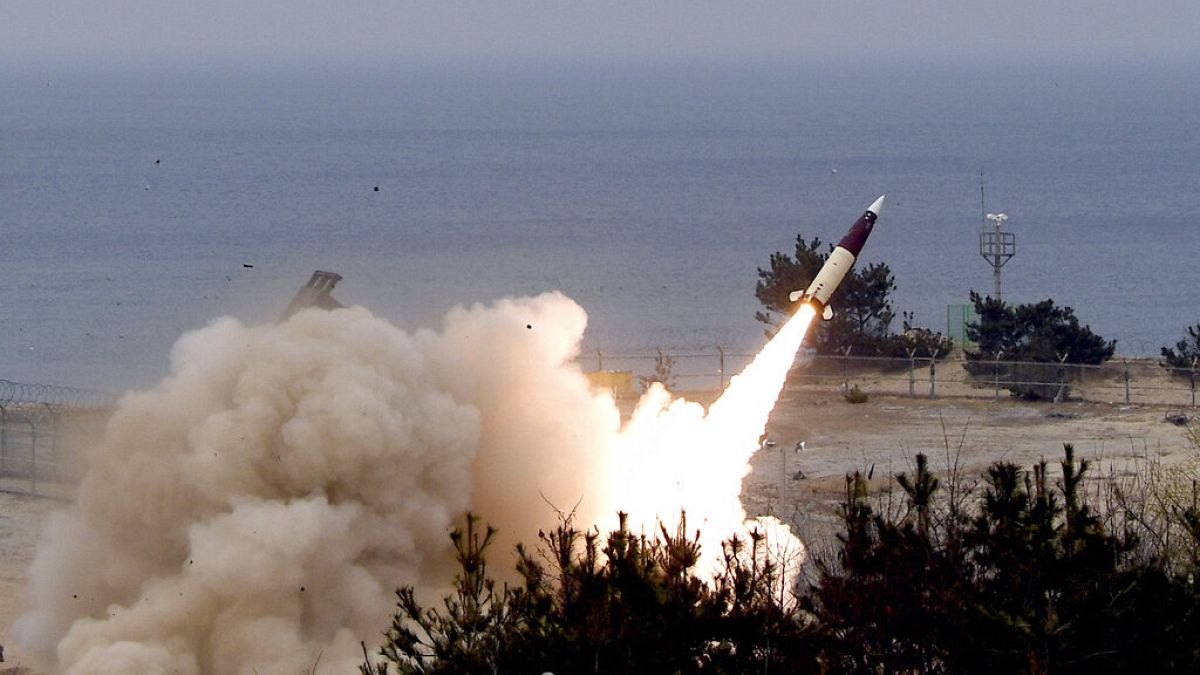









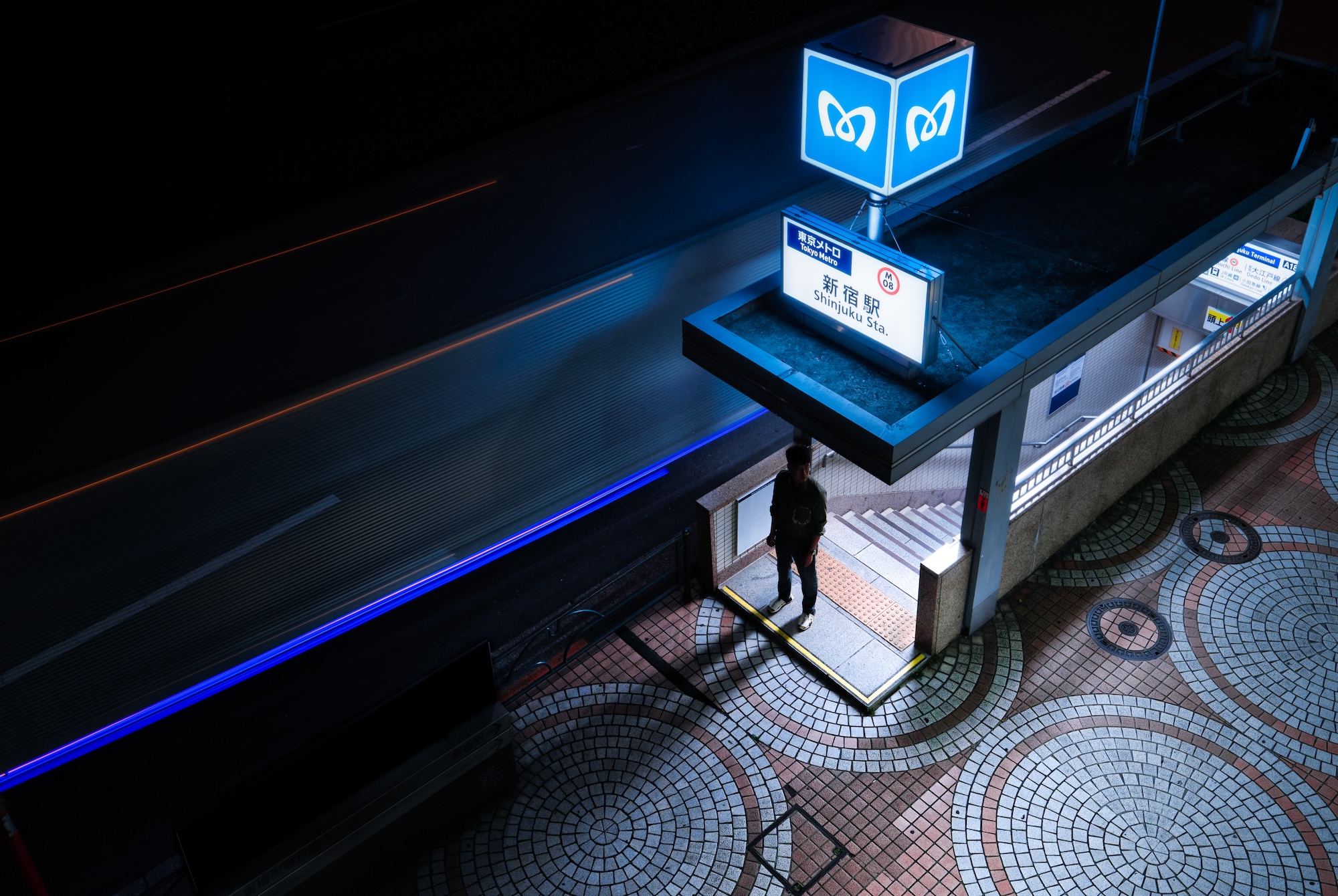




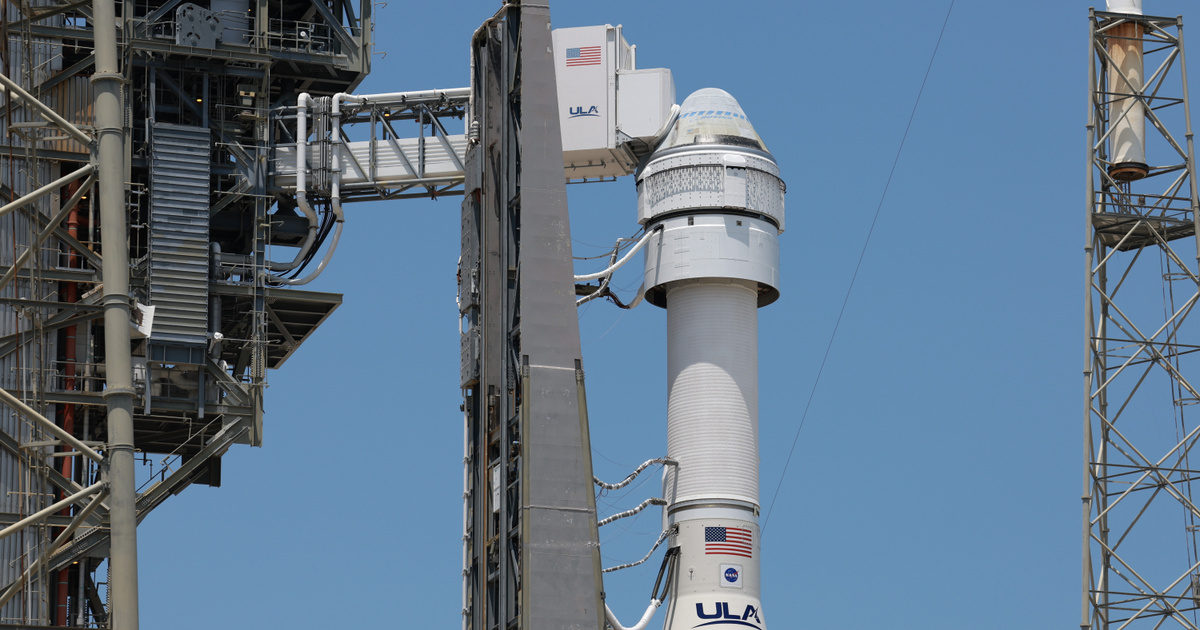

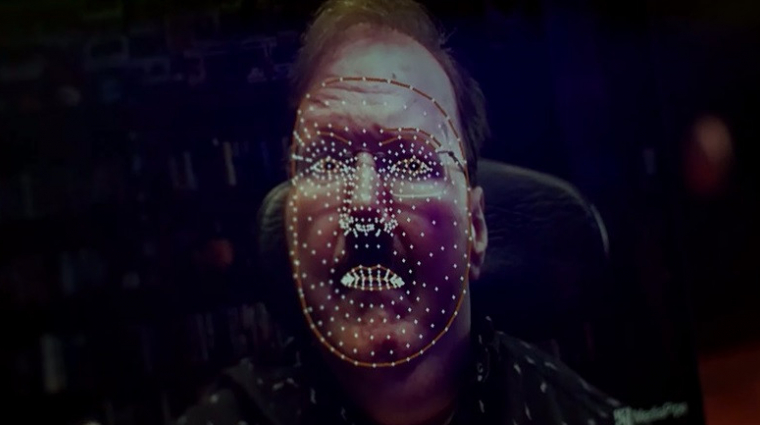


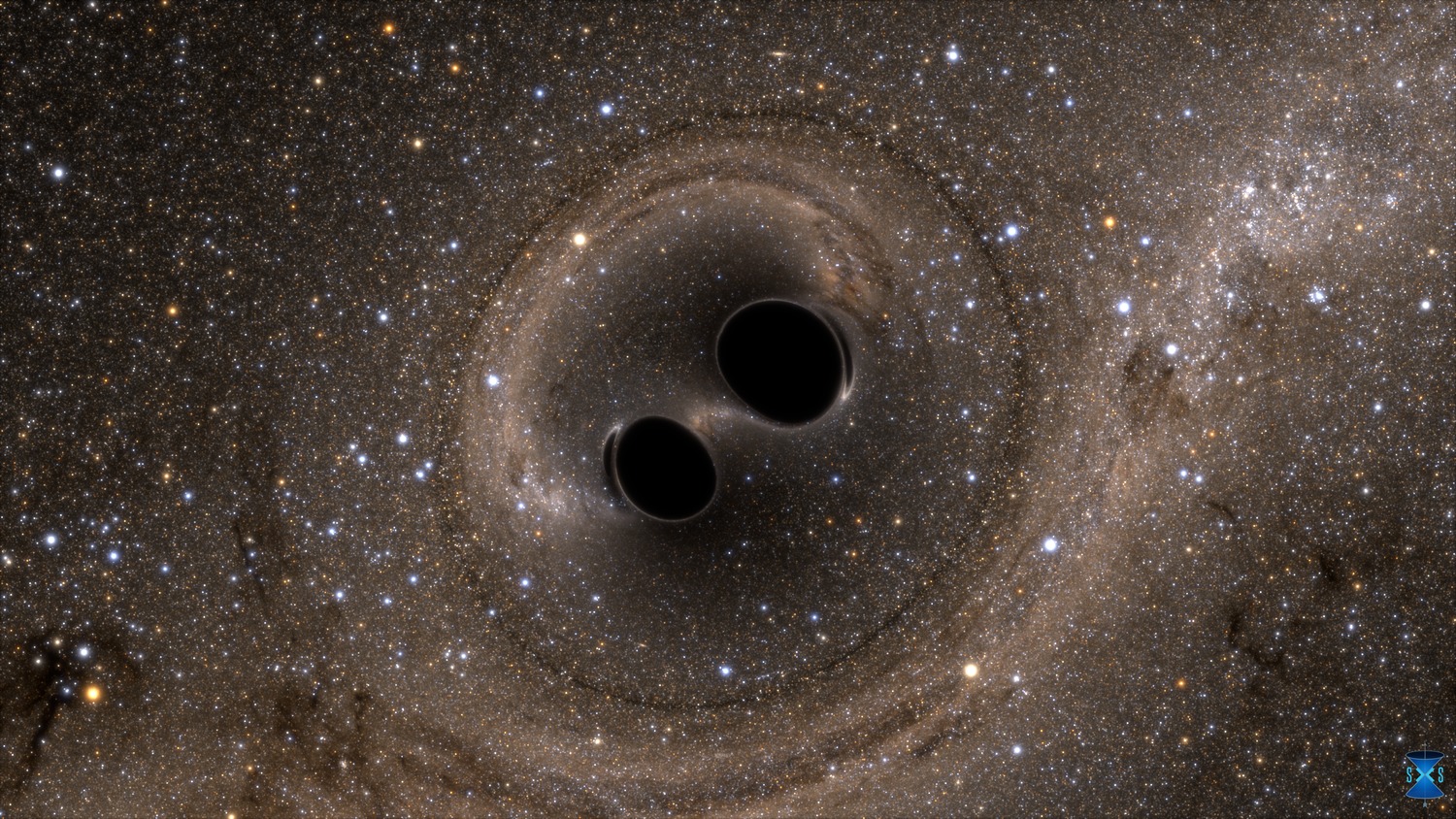
![The Italian Souls clone has been delayed, but is coming to multiple consoles [VIDEO]](https://thegeek.hu/wp-content/uploads/sites/2/2024/05/thegeek-Enotria-The-Last-Song-1.jpg)


















